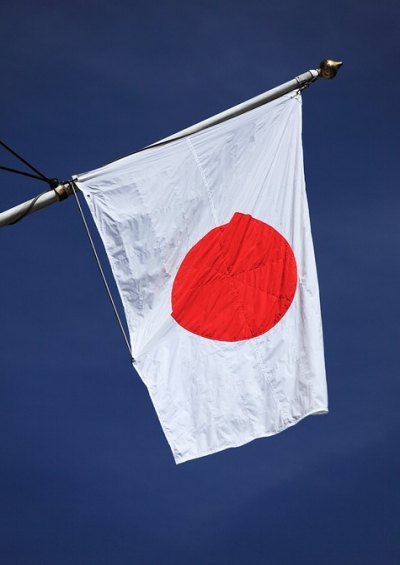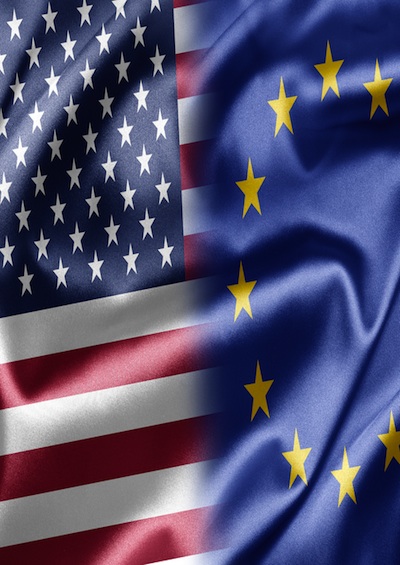Japan Enters a New Imperial Era
Japan enters an era of “beautiful harmony” as a new emperor ascends to the throne. But beneath the surface is a rising militarism.
April 27, 2019

The land of the rising sun prepares for a new dawn — an emperor’s departure and another’s ascension.
Emperor Akihito will abdicate on April 30, and May Day in Japan will see his eldest son, Crown Prince Naruhito, become the 126th occupant of the Chrysanthemum Throne.
A land of contradictions
Japan is a land of contradictions. An economic powerhouse, once considered, and feared to be, on the verge of global dominance, but now suffering from a sense of drift and malaise.
Japan also features an emperor in a democracy. The reign of wartime emperor Hirohito, whose reign lasted from 1926-1989 is described as showa (enlightened harmony).
Japan has a democracy where the Liberal Democratic Party (not liberal but deeply conservative) has been in power for all but of a handful of years since 1955.
Japan’s pacifist constitution is viewed as an obstruction to re-armament by the political right and it may soon be, as the government puts it, “reinterpreted” again before being changed for the first time.
Japan is also a land where tradition is honored but that has undergone profound changes and even upheavals under each modern-era emperor.
Plucked from obscurity
Akihito, the current emperor whose reign is coming to an end this month, was the fifth emperor since the Meiji Restoration of 1868. Back then, the shogunate, a system of feudal military rulers, collapsed.
The emperor was plucked from relative political obscurity in Kyoto to reside in Tokyo. He was meant to symbolize stability and a link to the past. It is this harking back to other eras that has bedeviled a country noted for its Blade Runner cityscapes.
In Japanese folklore, the first emperor was Jimmu (about 650 BC), giving Japan, according to legend, the world’s oldest hereditary monarchy.
Concubinage was only abolished in 1926, the year Akihito’s father, Hirohito, became emperor. The Americans, the occupying power after WWII, realized that this system had produced a number of possible competing claimants to the throne.
This fear resulted in the Imperial Household Law, introduced in 1948, which limited the succession to male descendants of the emperor, Hirohito.
The only succession most Japanese recall was Akihito’s in 1989 when the past truly was another country. But so was the future.
From optimism to melancholy
Thirty years ago, the mood in Japan was one of unbridled optimism. The country was an economic superpower. From the debris of war, it had rebuilt itself, and was challenging the United States for economic pre-eminence. Or so it seemed.
Today, Japan is frustrated at its lost economic opportunities since the economic bubble burst in the early 1990s. In December 1989, the Tokyo stock exchange closed at 38,916. Today, its closing price is about 22,500.
A remedy has remained elusive to Japan’s leaders. And the rise of China has led to a sense of vulnerability that was missing in 1989. The imperial family, the only institution in Japan not beset by scandals, have been portrayed as the last bastion of “good, traditional values.”
The dark side to Japan’s succession
In any country with a monarchy, succession is a time for rejoicing. It helps reaffirm the country’s values and gives people a sense of identity and hope for the future. But there is a dark side to Japan’s succession.
Rightists groups will portray the Shinto rituals, especially the rite of enthronement where the new emperor is in “symbolic communication with deities,” as evidence of the “real Japan.”
The restoration, or Meiji (enlightened rule) from 1868 to 1912, saw a drive to modernization, catching up with the West, with a focus on Britain (children going to school in sailor uniforms is one of the consequences) and Germany (more accurately, Prussia, with the onus put on military prowess).
The years from 1912 to 1926 saw the Taisho (great righteousness) era, when Yoshihito became emperor. He did not enjoy good health but during his reign democracy was established and Japan gained territory in China after WWI.
The Showa era (enlightened harmony), which began in 1926, witnessed Japan’s rapid economic development, but it also encompassed the rise of militarism and WWII.
Ambivalence shrouds the three decades of Akihito’s rule, the Heisei era (achieving peace). The period saw the end of the bubble economy and deteriorating relations with China.
Many will forever associate it with the 1995 terrorist attack on the Tokyo subway, the Kobe earthquake and the triple disaster of earthquake, tsunami and consequent nuclear power station meltdown in Fukushima in March 2011.
Pacifist constitution under siege
Japan has not been involved in a conflict since 1945, but the pacifist constitution is under siege. The official English translation of article 9, which renounces war, is refreshingly clear:
Aspiring sincerely to an international peace based on justice and order, the Japanese people forever renounce war as a sovereign right of the nation and the threat or use of force as means of settling international disputes. (2) To accomplish the aim of the preceding paragraph, land, sea, and air forces, as well as other war potential, will never be maintained. The right of belligerency of the state will not be recognized.
In direct contravention of this article, Japan has the world’s fourth-most powerful military and the eighth-largest military budget. With 240,000 personnel, its annual defense budget is nearly $50 billion.
Prime Minister Shinzo Abe has vowed to push for a wholesale revision of the Japanese constitution, to further boost its military and allow it to play a greater role in global affairs, to be enacted before the Tokyo 2020 Summer Olympics.
“By 2020, I think Japan will have completely restored its status and been making great contributions to peace and stability in the region and the world,” he said.
This commitment may not be totally unrelated to the timing of the emperor’s abdication. Even before he ascends the throne, confusion surrounds the word chosen to define the new imperial era.
Japan’s Foreign Ministry says that Reiwa means “beautiful harmony” and not the more assertive and militaristic “command” or “order” as has been suggested. That such ambiguity exists may not be an accident.
Takeaways
Japan enters an era of “beautiful harmony” as a new emperor ascends to the throne. But beneath the surface is a rising militarism.
Japan has undergone profound changes and even upheavals under each modern-era emperor.
Japan is frustrated at its lost economic opportunities since the economic bubble burst in the early 1990s.
Japan has not been involved in a conflict since 1945, but the pacifist constitution is under siege.
Shinzo Abe is pushing for a wholesale revision of the Japanese constitution -- to boost its military to play a greater role in global affairs.
